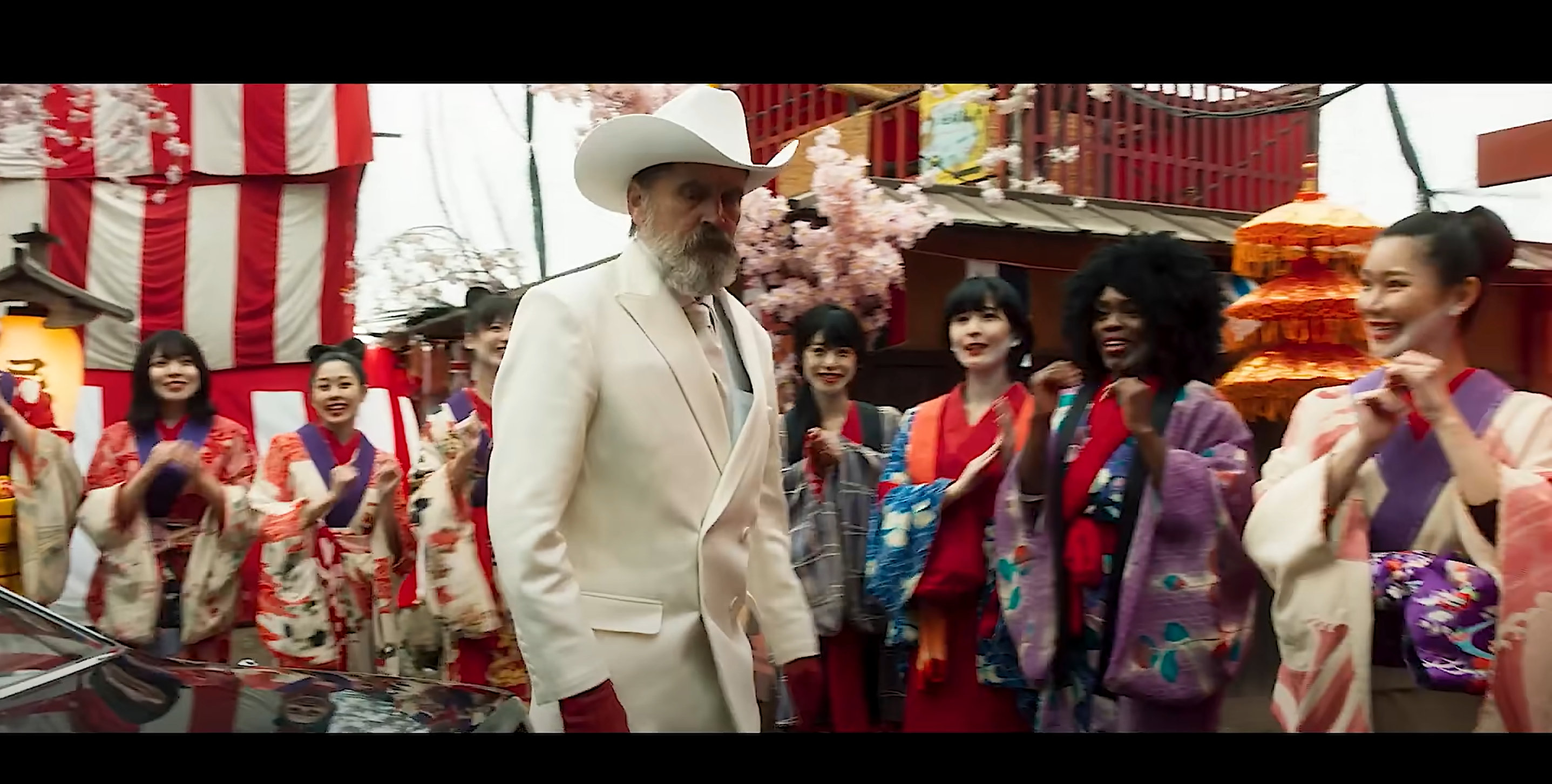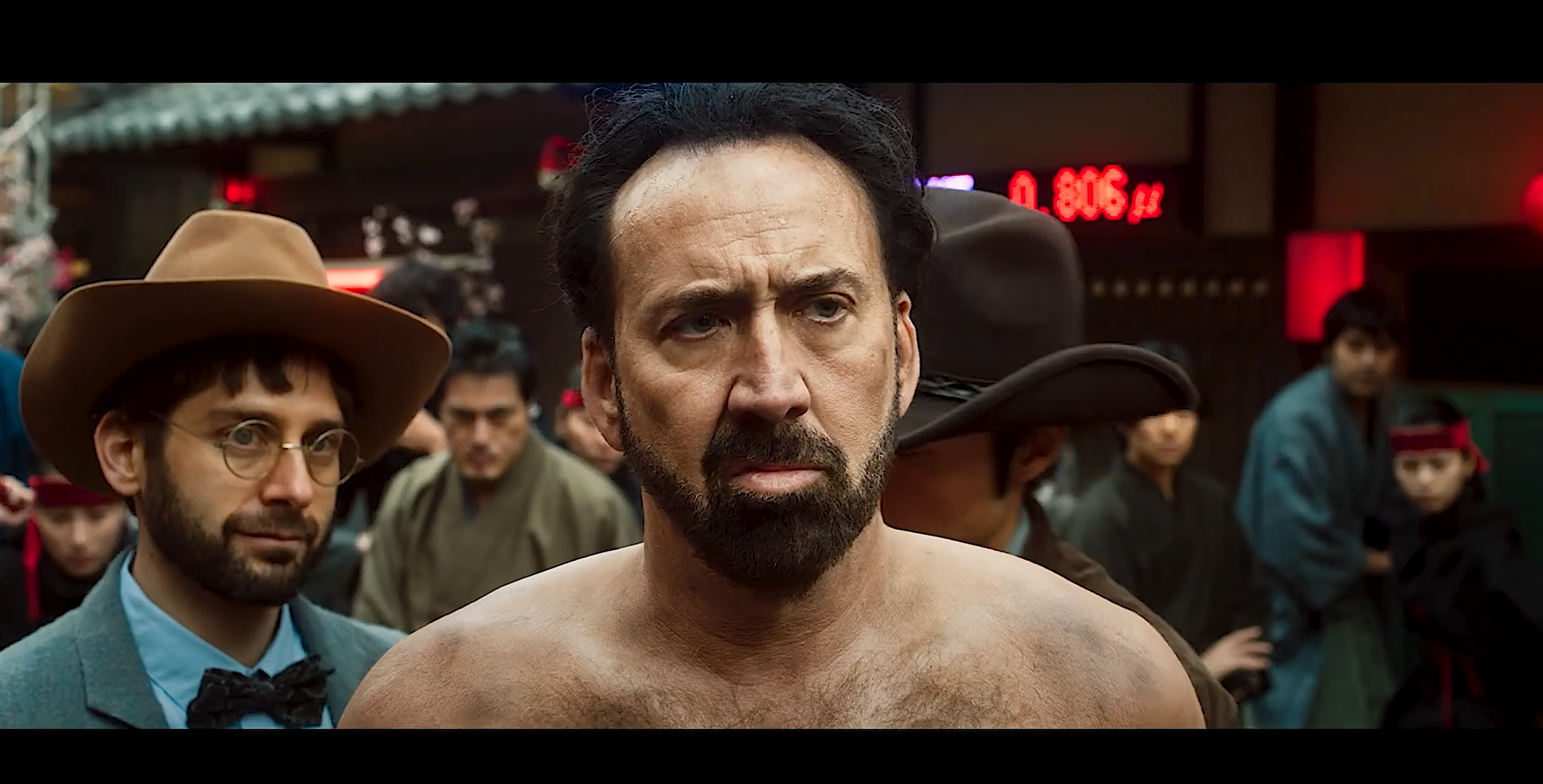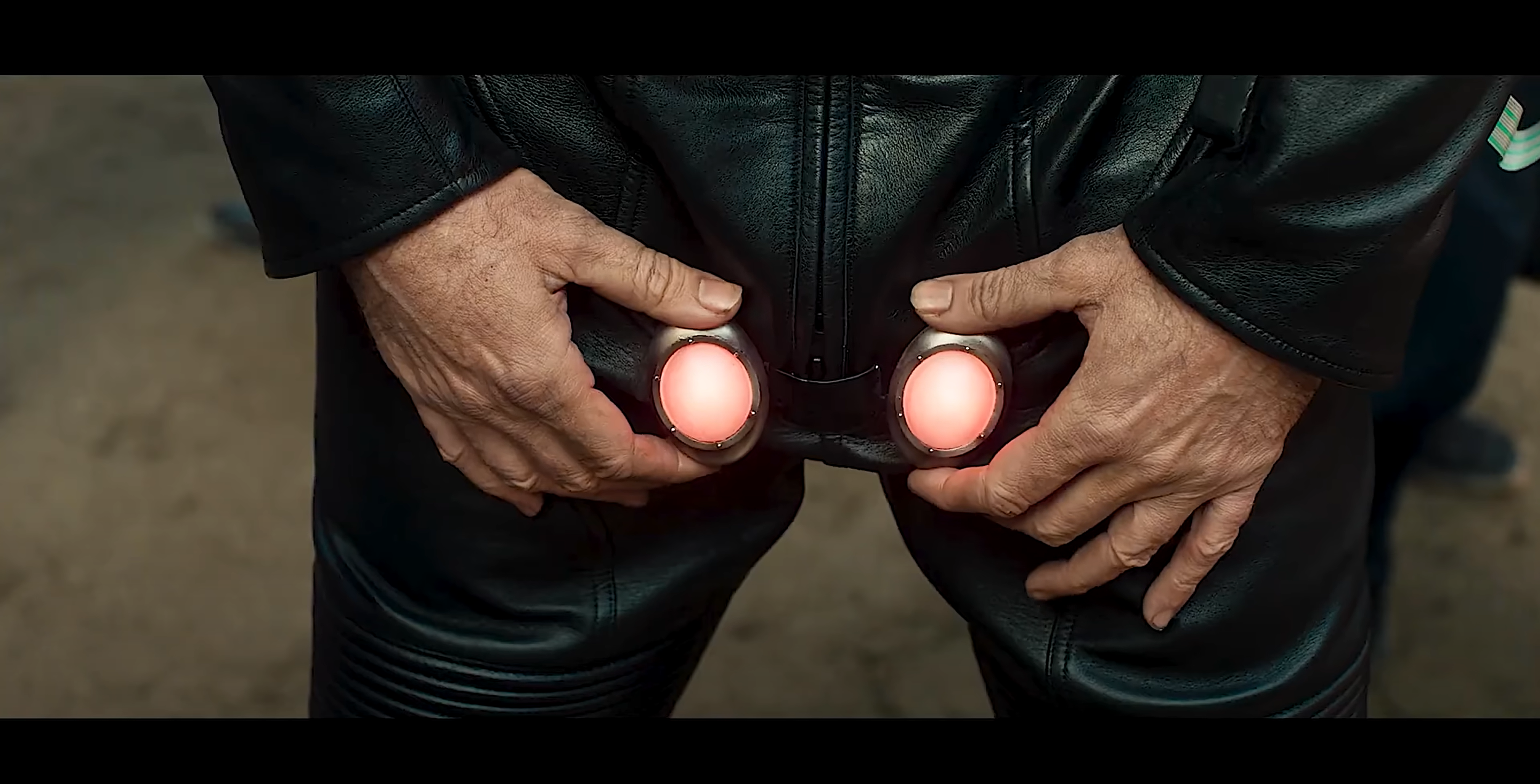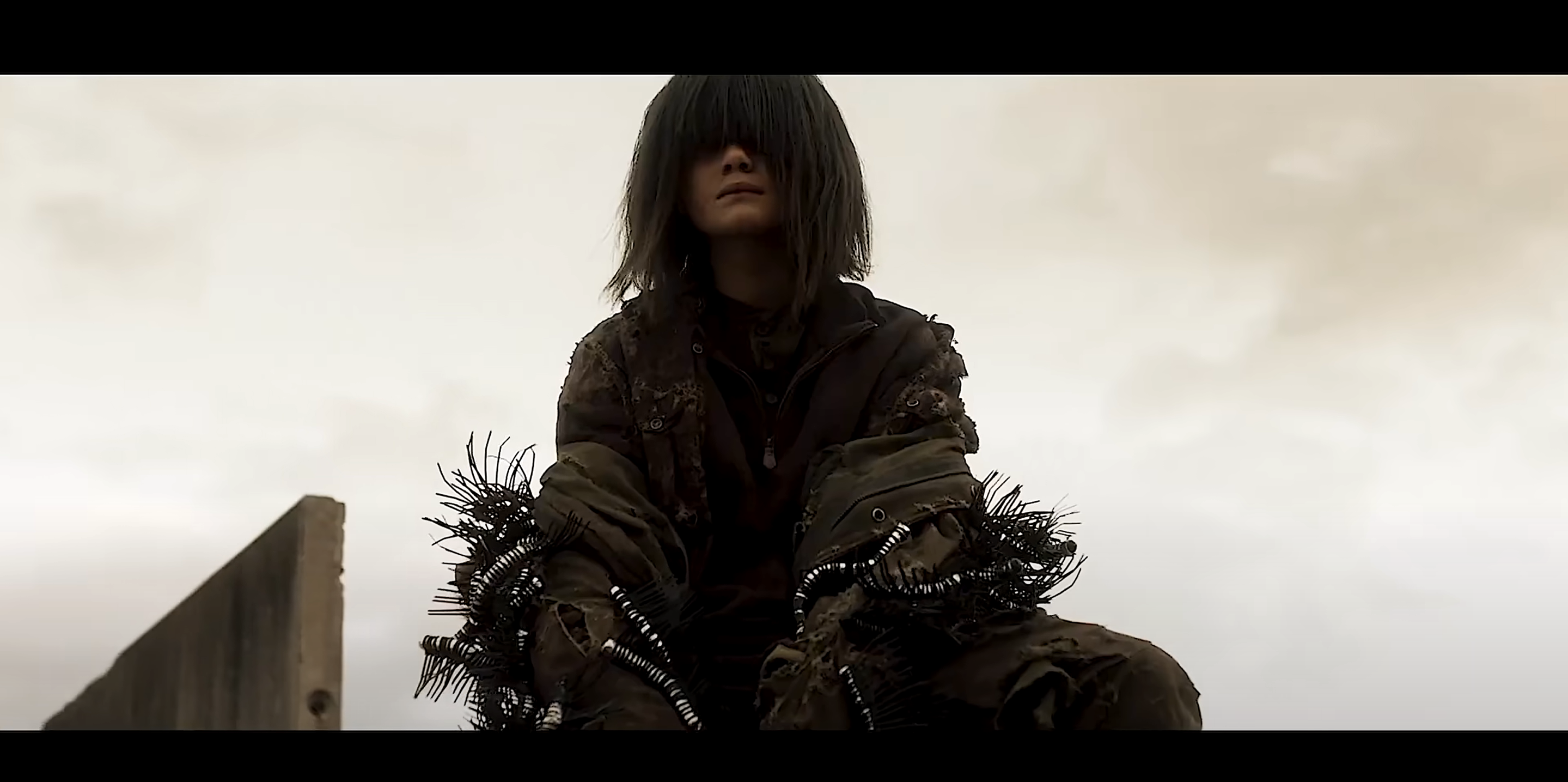Movie:
“Prisoners of the Ghostland,” released in 2021, is a surreal action-horror film directed by Sion Sono, known for his bold and unconventional filmmaking style. The film stars Nicolas Cage in a role that perfectly complements his penchant for eccentric and intense characters. Set in a dystopian future, the movie combines elements of Westerns, samurai cinema, and post-apocalyptic fiction to create a visually striking and narratively ambitious experience.
Plot Overview
The story centers around a notorious criminal, Hero (Nicolas Cage), who is released from prison by the wealthy and powerful Governor (Bill Moseley) to rescue his adopted granddaughter, Bernice (Sofia Boutella), who has gone missing in a lawless and dangerous region known as the Ghostland. Hero is fitted with a suit rigged with explosives that will detonate if he strays too far from his mission or attempts to harm Bernice. He has only five days to complete his task, or he will face certain death.
As Hero ventures into the Ghostland, he encounters a bizarre and nightmarish landscape populated by strange characters and trapped souls. The Ghostland is a place where time seems to stand still, and the residents are haunted by their past transgressions and the fallout from a catastrophic event. Hero must navigate this treacherous terrain, battling both external enemies and his own inner demons, to find Bernice and bring her back.

Themes and Symbolism
“Prisoners of the Ghostland” is rich with themes of redemption, freedom, and the consequences of one’s actions. The film explores the idea of being imprisoned by one’s past and the struggle to break free from cycles of violence and guilt. Hero’s journey is as much about confronting his own sins and seeking redemption as it is about rescuing Bernice.
The Ghostland itself serves as a metaphor for purgatory, a place where characters are trapped in a limbo-like state, unable to move forward until they confront their past. The explosive suit worn by Hero symbolizes the constant threat of self-destruction that looms over those who are unable to escape their own guilt and regrets.
Visuals and Cinematography
Sion Sono’s direction brings a distinctive visual flair to “Prisoners of the Ghostland.” The film’s cinematography, by Sohei Tanikawa, is vivid and eclectic, blending elements of Western, samurai, and post-apocalyptic aesthetics. The production design creates a world that is both fantastical and grotesque, with elaborate sets and costumes that enhance the surreal atmosphere.
The action sequences are choreographed with a mix of stylized violence and dark humor, reflecting the film’s genre-blending nature. The use of color and lighting further emphasizes the film’s otherworldly and hallucinatory quality.

Performances
Nicolas Cage delivers a quintessentially intense and over-the-top performance as Hero, embodying the film’s wild and unpredictable tone. His portrayal balances moments of crazed energy with a deeper, more reflective side, capturing the complexity of a character seeking redemption.
Sofia Boutella brings a sense of vulnerability and strength to her role as Bernice, while Bill Moseley as the Governor adds a layer of menacing charm to his authoritarian character. The supporting cast, including Nick Cassavetes and Tak Sakaguchi, contribute to the film’s eclectic and diverse ensemble.

Reception and Impact
“Prisoners of the Ghostland” received mixed reviews from critics, with praise for its originality, visual style, and Cage’s performance, but some criticism for its narrative coherence and pacing. The film’s bold and unconventional approach has made it a polarizing entry in the action-horror genre, appealing to fans of avant-garde cinema and those who appreciate Cage’s uniquely expressive acting style.

Conclusion
“Prisoners of the Ghostland” is a daring and visually arresting film that blends genres and defies conventional storytelling. Sion Sono’s direction, combined with Nicolas Cage’s intense performance, creates a movie that is both a thrilling action adventure and a contemplative exploration of redemption and self-destruction. While it may not appeal to all audiences, it stands out as a unique and memorable cinematic experience that pushes the boundaries of genre filmmaking.


Related Posts

Captain America 4: Brave New World (2025) – A New Era Begins
https://youtu.be/4tSTnHZGzIE Captain America is a superhero appearing in American comic…

Inglourious Basterds
Movie: https://youtu.be/_MB0R835Pio?si=CGcfldRvJ3B6oAUD "Inglourious Basterds" (2009) is a war film written…

Hyena Road (2015)
Trailer: https://youtu.be/b8VzcYpgbGs?si=eyBXBCF4mR-bRMFF "Hyena Road" (2015), directed by Paul Gross, is…
